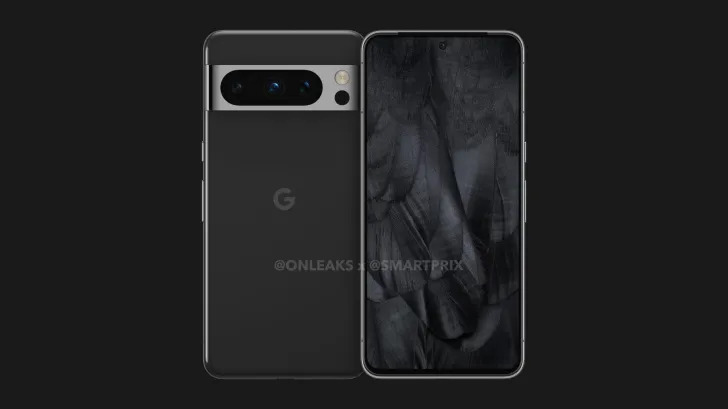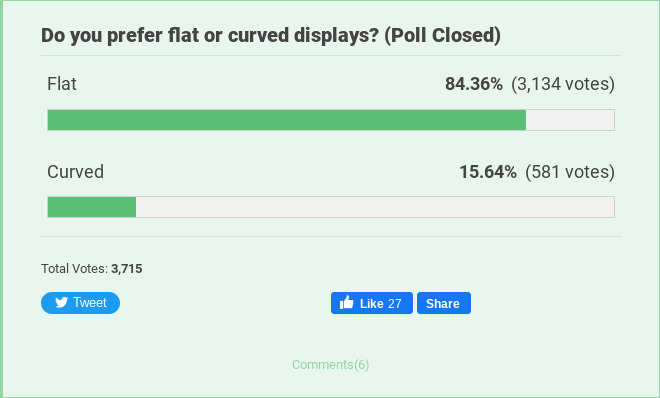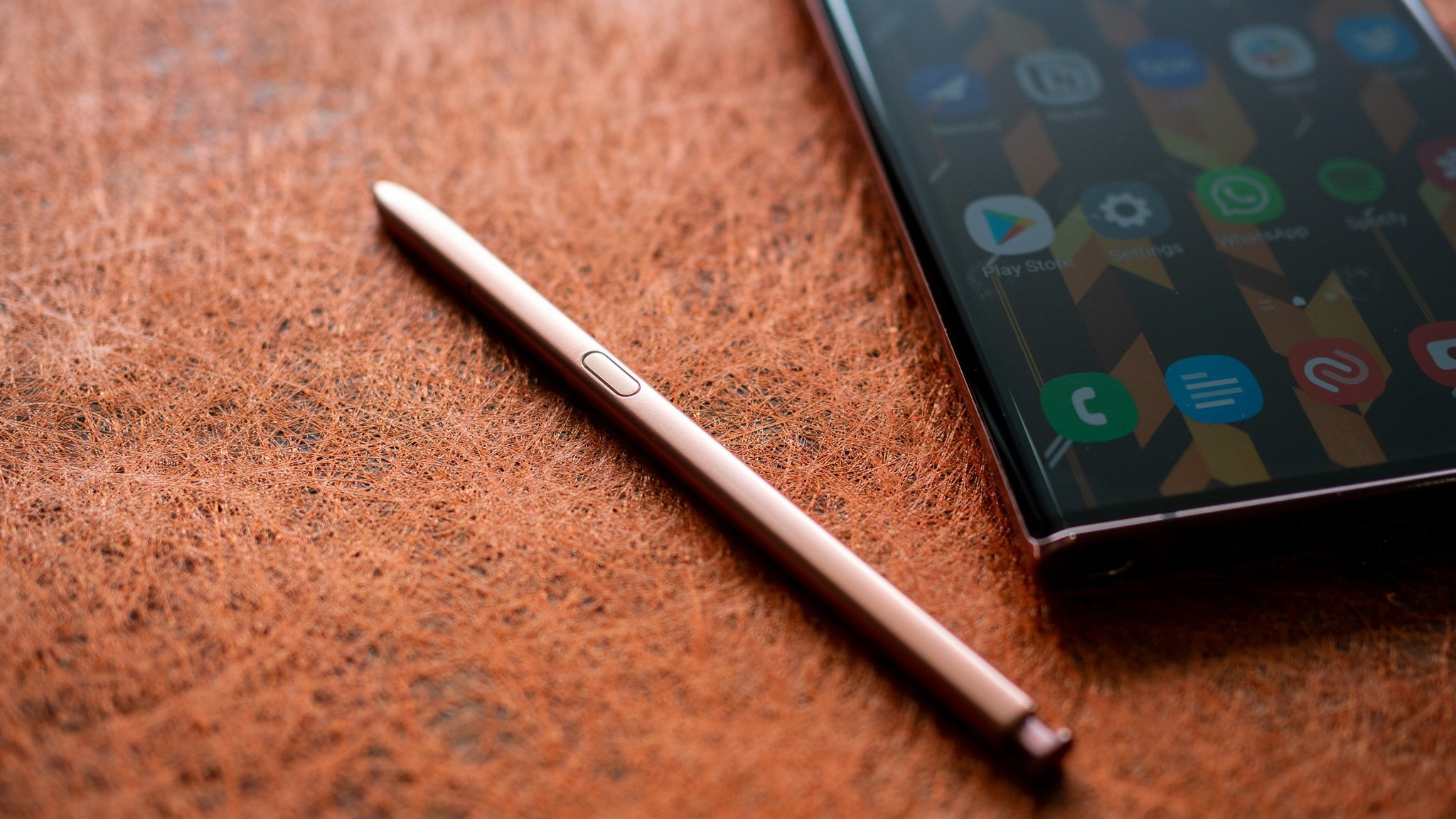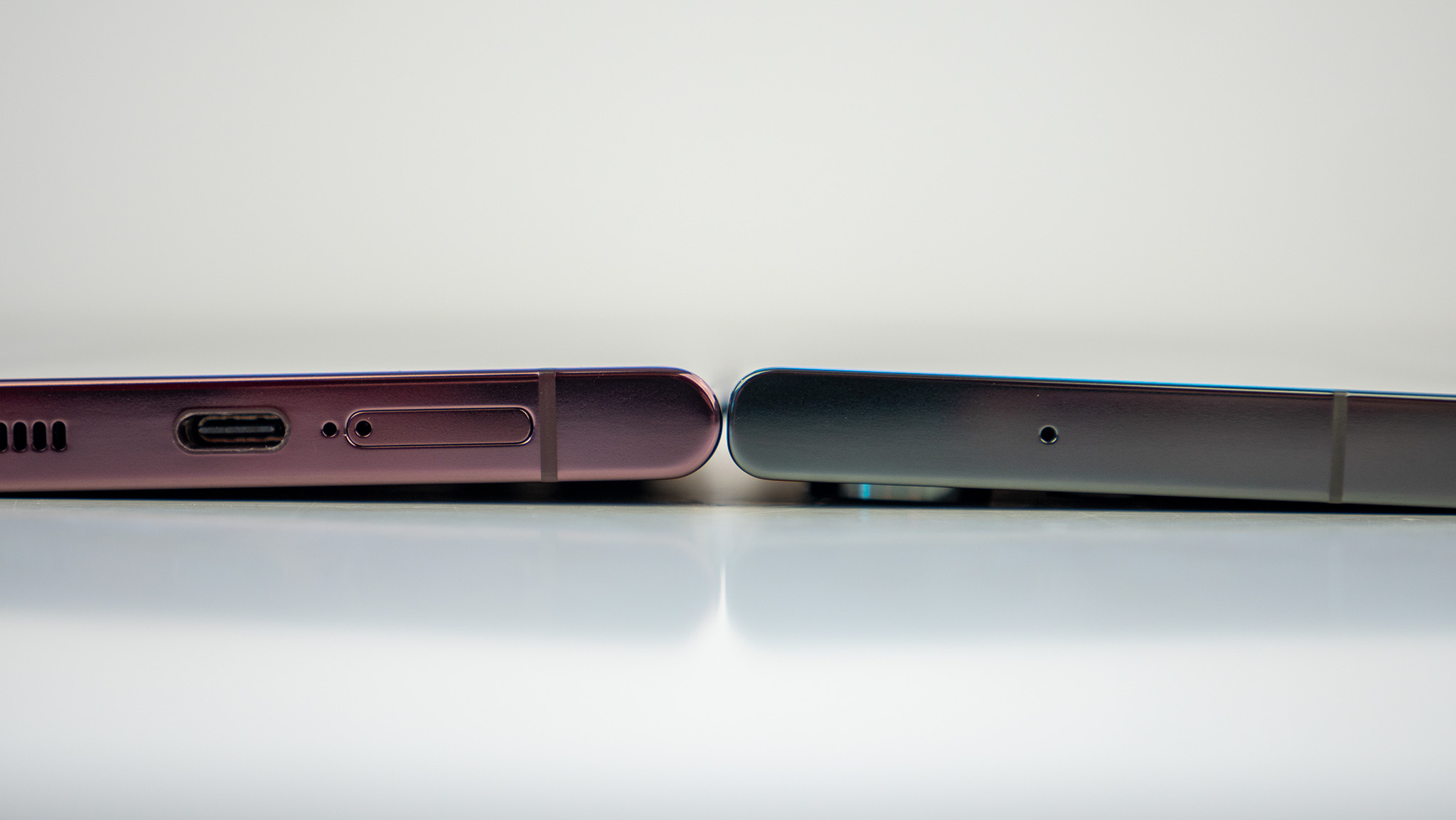
What you need to know
- Google will allegedly change the design of the Pixel 8 Pro to include a flat display instead of a curved one.
- Over the weekend, we polled our readers on if they prefer flat or curved displays on smartphones.
- Nearly 85% of votes were in favor of flat displays.
Curved screens have been around on smartphones for quite some time, especially on top-end models from companies like Samsung and, more lately, Google. However, it seems that the days of curved displays may be numbered as both OEMs begin seemingly shifting back to flat screens.
While Samsung's shift is a bit more gradual, the upcoming Google Pixel 8 series may flat-out ditch the curved display edges, according to leaked Pixel 8 Pro renders. And while there are some who enjoy the curved aesthetic, it appears most users actually prefer flat displays, at least according to our latest poll.
We recently asked whether our readers prefer flat or curved displays. Out of more than 3,700 votes, nearly 85% indicated that they prefer flat displays.

Following many flagship Android phones over the years, both the Pixel 6 Pro and Pixel 7 Pro adopted curved displays. Aesthetically, it looks fine, but curved displays often result in accidental touches, especially if you're not wearing a phone case.
Unfortunately for many, the best Android phones often come with curved displays. While I prefer flat panels myself, I've had to settle for the curve with my Galaxy Note 20 Ultra and LG Wing (one of the few LG phones to feature the dreaded curve). Frankly, it's quite a nuisance, especially with gesture navigation or when using the Galaxy's built-in S Pen, and it seems I'm not alone in thinking that curved displays are pretty useless and annoying.

One reader, Bruce, comments that the first phone they ever purchased with a touch screen was the OnePlus 7T Pro McLaren. And while they found it to be a great phone overall, the curved screen was the biggest downside of the device.
"Unintended touches on the sides, glare from overhead lighting while watching content in landscape orientation, and finding a decent case were the biggest issues."
They eventually got the Pixel 7 Pro, which features a more "subdued" curve, and found a case that works well with it. That said, while the 7 Pro has the better specs, they still prefer the flatter display of the non-Pro Pixels.
Another reader, Richard, comments that curved displays are hard to protect.
"Curved edges are a nightmare when it comes to tempered glass screen protectors. The juice isn't worth the squeeze."
That said, some still argue that curved displays are more aesthetically pleasing and look more premium. Reader Eugene Dias comments that they like the look of a curved display but agrees that flat screens seem like the safer bet.
"I love the premium feel and look of a curved display, but I prefer a flat screen. Firstly, consuming content on a curved display is warped on the top and bottom. Secondly, I feel as an extensive user that a flat-screen has lower chances of taking damage from regular phone falls."

Fortunately, Samsung, which is probably the worst offender, is slowly starting to inch towards a flat display on its Ultra lineup of flagship phones. The Galaxy S23 Ultra still has a large, curved panel, but it's much flatter than its predecessor, which gives it the best of both worlds.
Hopefully, with the S24 Ultra, Samsung will opt for a completely flat display and leave any bending to its foldable phones.







